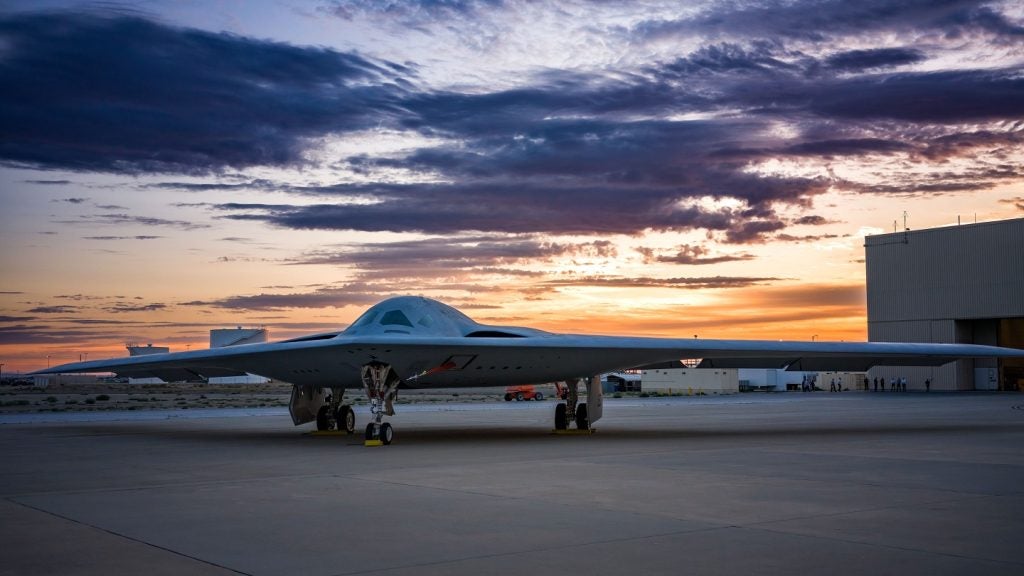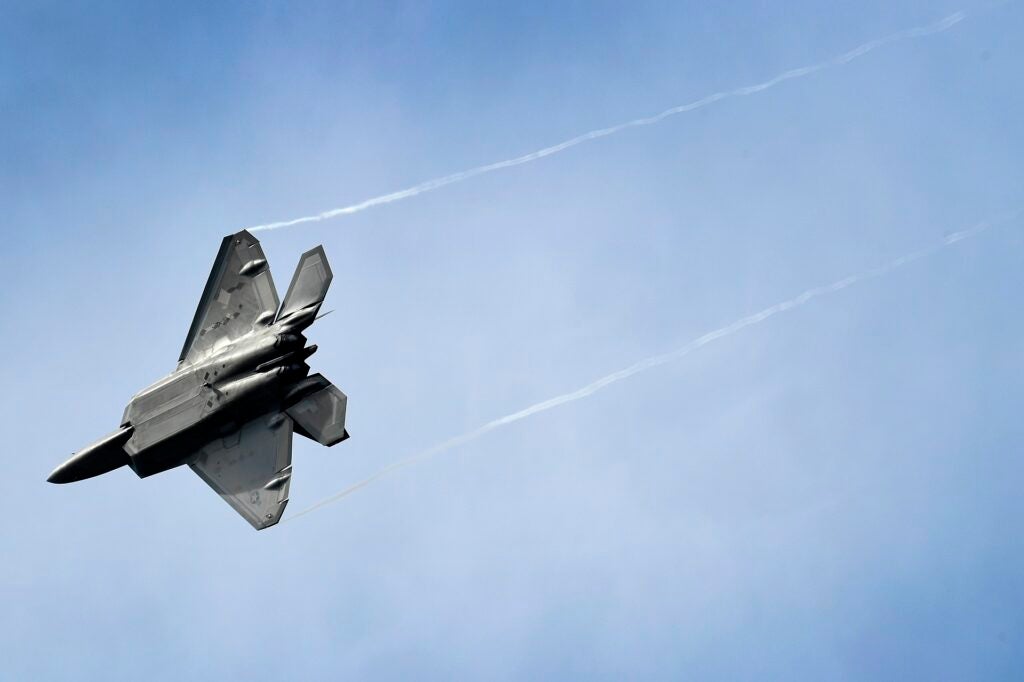
Japan is planning to develop a military space division by 2019 to prevent satellites from colliding with dangerous debris orbiting the earth.
An unnamed source told Kyodo News that the Japanese defence ministry would launch the new division with assigned units from the country’s Air Self-Defence Force (ASDF).
The unit’s observatory operations are expected to be run using radar and telescope facilities located in Okayama Prefecture in the Chugoku region.
The country hopes to strengthen bilateral cooperation with the US in space by sharing information obtained through the space force division.
The US and Japanese Governments agreed in May to work together on using satellites for debris monitoring and marine surveillance missions.
See Also:
According to Nasa, there are more than 20,000 pieces of debris larger than a softball travelling at speeds up to 17,500mph. There are also 500,000 pieces of debris the size of a marble and millions of smaller pieces.
How well do you really know your competitors?
Access the most comprehensive Company Profiles on the market, powered by GlobalData. Save hours of research. Gain competitive edge.

Thank you!
Your download email will arrive shortly
Not ready to buy yet? Download a free sample
We are confident about the unique quality of our Company Profiles. However, we want you to make the most beneficial decision for your business, so we offer a free sample that you can download by submitting the below form
By GlobalDataIn a September 2013 report, Nasa said: "The rising population of space debris increases the potential danger to all space vehicles, but especially to the International Space Station, space shuttles and other spacecraft with humans aboard.
Even tiny paint flecks can damage a spacecraft when travelling at these velocities. In fact a number of space shuttle windows have been replaced because of damage caused by material that was analysed and shown to be paint flecks."
A French satellite was damaged in 1996 when it was hit by the debris of a French rocket that had exploded a decade earlier.
The collision of a defunct Russian satellite with the US Iridium commercial satellite in 2009 resulted in the addition of more than 2,000 pieces of trackable debris in space.
Space junk increased by more than 3,000 pieces in 2007 when China tested its anti-satellite capabilities by destroying an old weather satellite with missiles.
Image: There are more than 20,000 pieces of debris larger than a softball travelling in space at speeds up to 17,500mph. Photo: courtesy of Nasa.








